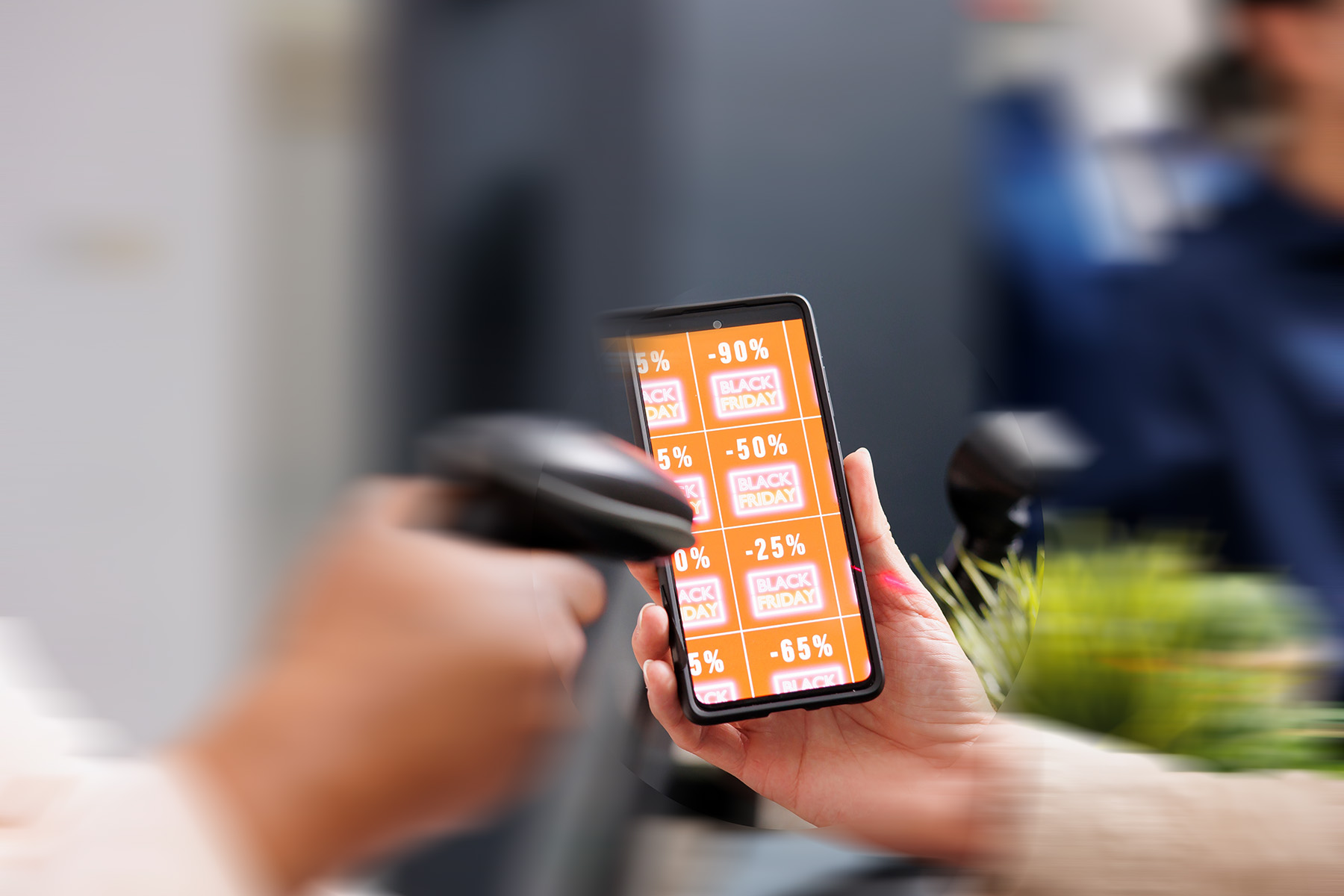This month’s debunked blog explores our 2023 adtech predictions.
I can’t quite believe it, holiday season is fully upon us, and 2023 is just around the corner! This past year has been no stranger to ups and downs. Looking through the lens of our industry, adtech and digital media, we’ve all had our fair share of good news, bad news and some pretty exciting innovations.
Let’s take a look at some of the biggest happenings of this past year:
Google announced further delays of the cookie depreciation; LinkedIn influencers started to turn to creative writers to buff their profiles with entrepreneurial advice, motivational posts, and “value nuggets.”; Netflix announced its plans to enter the ad business amid plummeting subscriber results in Q1 this year; Cosmopolitan Magazine, partnered with DALL-E 2, an AI tool that takes human verbal commands to create images, and produced the world’s first AI magazine cover; and Indian e-commerce business Flipkart launched Flipverse, an interactive & immersive shopping experience in the metaverse, with brands like Puma and Nivea already partnered to set up stores.
Despite the uncertainty we find ourselves in as individuals – and businesses – 2022 presented a lot to be grateful for, and I expect next year will be no different. I strongly believe one of the biggest themes for adtech over the coming 12 months will be personalization.
So, grab your warm, cozy, beverage of choice, sit back, and join me as I take you through my five 2023 predictions and trends:
- Contextual, everywhere and anywhere. One exciting trend I look forward to witnessing is the change in perception of what ‘contextual’ really means – in and outside of the digital arena. The contextual evolution will expand its very concept to mean ‘all types of contextual environments’, encompassing real-life data sources including location, weather, seasonal and sporting environments, etc. Imagine having access to these additional data sets to further personalize advertising creatives while optimizing the messaging and placement.
This very topic lends itself really nicely to our co-founder and CSO’s prediction piece, where he explores the role of contextuality in the Mixed Reality world (AR and VR). Essentially, it’s all about collecting and combining as many insights as possible to build a better understanding of consumers, the environments they love, and how best to tap into their mindset.
In a similar vein, I’m really excited for contextual to be used more widely for various other objectives rather than just targeting. Currently seen as a heavy awareness tactic, there are so many other use-cases that could include brand safety, competitive conquesting, and so much more.
- The continued shift towards mobile advertising. Mobile is still an environment and format that can be improved upon in all aspects of digital. It’s the one device that stays with us at (almost) all times. Arguably our most intimate device, mobile offers brands new ways to get creative, delivering personalized experiences when you’re in the perfect mindset. And, contextual targeting will play a huge role.
Mobile contextual factors, such as battery level, OS version, and available device storage provide additional targeting efficiencies. In the programmatic world, these factors are amplified through the continuation of in-app bidding on mobile.
While first-party data will constantly be deployed and activated across a mobile device, it may not be enough to accomplish a brand’s user engagement goals at scale. In that scenario, contextual targeting can support advertisers in reaching target audiences based on factors such as app category and device information, allowing marketers to quickly adjust campaigns in response to performance, whilst increasing their ad budget by bidding on high-value impressions. In essence, giving the power to leverage data in real-time to ensure brands are optimizing their spend.
It can be a tricky channel to measure all around, but it lends itself very easily to contextual as the majority of mobile advertising operates in a cookieless environment already.
- Dynamic creative meets contextual. For all its merits, we would be naive to consider contextual as a stand-alone quick fix for maximizing digital performance. There are so many factors to consider when defining what drives consumer connections, and creativity plays a pretty important role. When exploring any targeting alternative, advertisers must look at how it complements the existing elements of their strategies. For example, contextual intelligence contributes to the way consumers perceive an ad, therefore both branding and messaging can be amplified by the environment. Thus, delivering powerful personalized experiences.
My prediction for 2023 is, seeing dynamic creative optimization (DCO) work hand in hand with contextual targeting methodologies. Using intelligent creative platforms and teams, brands can quickly produce thousands of tailored ads from their creative assets, ensuring the results reflect the context of their environments.
- Publishers start to win with contextual. Another exciting prediction for next year is the growing strength and impact of contextual intelligence on the publisher side. In fact, publishers are increasingly learning that contextual execution would be a lot easier with more of the data and information already available on their side.
Publishers are connecting data sets while exploring cross-device operability for targeting. All of this is paving the way to building standardization, and the quest for verifiable and environment-agnostic performance drivers. What’s really exciting, nearly one-quarter of our publishers surveyed in a Connatix and Digiday survey, are already integrating with machine learning and artificial intelligence to identify audiences to content in relevant ways, to deliver personalized experiences.
What we might see over the next year or so, is a focus from publishers on curating and packaging together their own inventory with additional targeting layered like CRM or 1st party data to provide a more specialized offering to buyers.
- The modernization of measurement and shift to attribution. Taking a step away from the personalization theme just for my final point, leads me to exploring how brands can truly prove the efficacy of contextual advertising. And, what is becoming increasingly clear is, brands can no longer use traditional last-touch methods to measure attribution. There was a shift to Multi-Touch Attribution (MTA) a while ago that didn’t quite take off, but I hope this will change. Essentially, MTA collects individual, user-level data for addressable (and trackable) media to determine the impact each ‘event’ has had on a customer’s path to conversion. I am positive we will see MTA make a comeback in 2023, as the adoption of contextual continues to rise.
At the end of the day, brands want to truly understand how their investments are performing, and so access to insights is vital. If MTA does reach popularity once again, then contextual could show much more impact on lower funnel metrics than we have seen before.
So, that’s the end of my 2023 predictions! Do you agree? I’d love to hear what you are most excited to see as we step into the new year! Drop me a message on LinkedIn, and I’d be more than happy to chat all things contextual!











